Home>Storage Ideas>Living Room Storage>Simple Living Room Ideas: 10 Minimalist Spaces That Are Anything But Dull
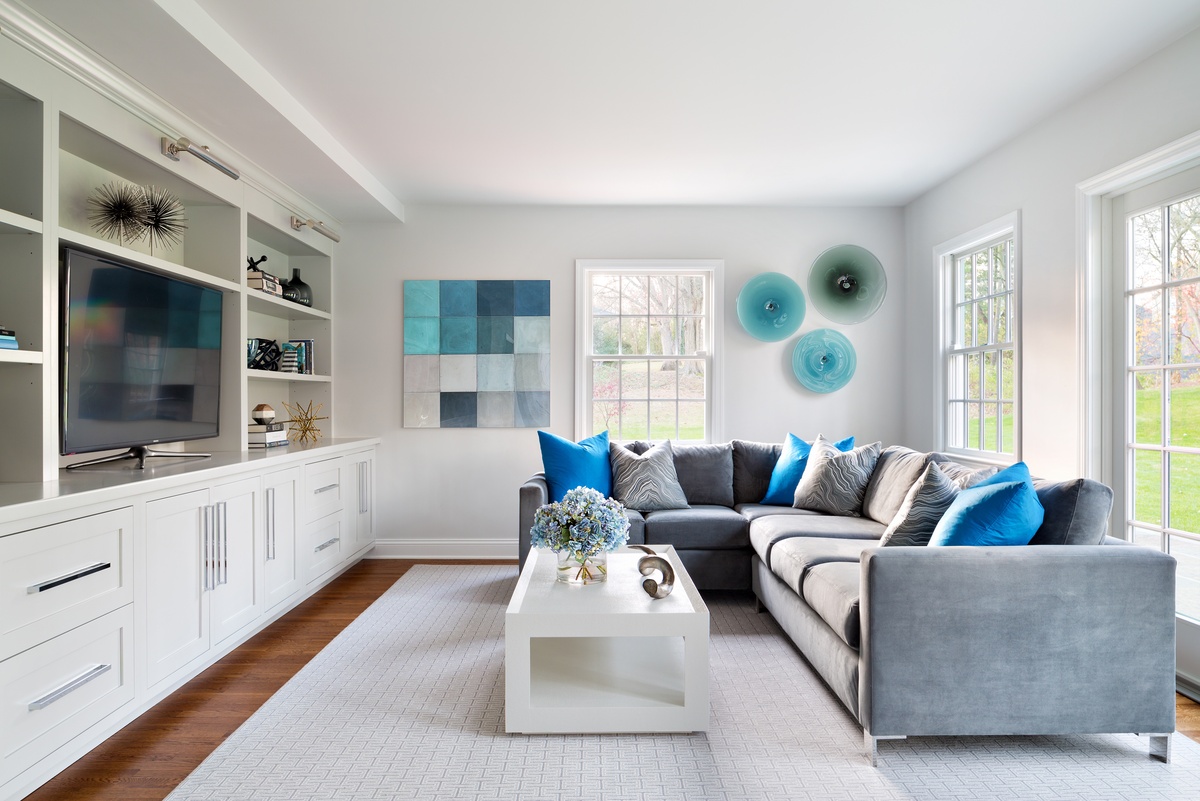

Living Room Storage
Simple Living Room Ideas: 10 Minimalist Spaces That Are Anything But Dull
Modified: October 28, 2024
Discover 10 minimalist living rooms that defy dullness. Get inspired by these simple ideas and find stylish storage solutions for your living room.
(Many of the links in this article redirect to a specific reviewed product. Your purchase of these products through affiliate links helps to generate commission for Storables.com, at no extra cost. Learn more)
Introduction
Welcome to the world of simple living room ideas! In today’s fast-paced and cluttered world, creating a minimalist and serene living space has become a popular trend. A minimalist living room not only promotes a sense of calm and tranquility but also offers functional and practical solutions for organizing and storing belongings. Whether you want to maximize your living area, declutter your space, or simply create a more stylish and inviting ambiance, these simple living room ideas are sure to inspire you.
One of the key principles of minimalist design is the use of a neutral color palette. By sticking to hues like white, beige, and gray, you can create a clean and timeless look that allows furniture and accessories to take center stage. Neutral colors also make your living room appear more spacious, airy, and well-organized.
A functional living room requires furniture that not only looks good but also serves a purpose. Opt for pieces that offer multiple storage options, such as coffee tables with built-in shelves or ottomans with hidden compartments. This way, you can keep your living room free from clutter while having easy access to your essentials.
Another important aspect of a minimalist living room is decluttered surfaces. Keep your countertops, shelves, and coffee tables free from unnecessary items. Use baskets or bins to store remote controls, magazines, and other small items, ensuring they are out of sight but still easily accessible.
Incorporating natural elements into your living room can add warmth and texture to the space. Consider using materials like wood, rattan, or bamboo for furniture and decor accents. Incorporating plants not only adds a touch of nature but also improves air quality and creates a calming environment.
Lighting plays a crucial role in setting the mood and ambiance of your living room. Use a combination of natural light and artificial lighting to create a warm and inviting space. Install dimmer switches so you can adjust the lighting according to your needs and preferences.
A statement piece of artwork can be the focal point of your living room and add personality to the space. Choose a piece that resonates with your style and complements the overall color palette of the room. It can become a conversation starter and add visual interest to the room.
To improve the coziness factor of your minimalist living room, incorporate soft and inviting textiles. Add plush throw pillows, cozy blankets, and an area rug to create a warm and comfortable atmosphere. Stick to a limited color scheme to maintain a streamlined and cohesive look.
Effective storage solutions are key to a minimalist living room. Invest in furniture with built-in storage, such as TV stands with shelves or ottomans with lift-up lids. Consider wall-mounted shelves or floating bookcases to make use of vertical space. The key is to maximize storage without overwhelming the room.
Minimalist living doesn’t mean you have to forgo accessories altogether. Choose a few well-curated pieces, such as a sculptural vase or a unique decorative object, to add visual interest without overwhelming the space. Remember, less is more when it comes to minimalist accessorizing.
Lastly, a thoughtful layout is essential for a minimalist living room. Arrange furniture in a way that promotes flow and functionality. Consider the dimensions of the space and how you want to use it. Create designated areas for different activities, such as reading, conversation, or watching television.
With these simple living room ideas, you can create a minimalist space that is anything but dull. Embrace the beauty of simplicity, declutter your space, and curate a living room that is both stylish and functional. Whether you are starting from scratch or looking to revamp your existing space, these ideas will help you transform your living room into a tranquil and inviting haven.
Key Takeaways:
- Embrace the beauty of simplicity and functionality by incorporating a neutral color palette, functional furniture, and natural elements to create a serene and inviting minimalist living room.
- Curate a clutter-free and visually appealing living space by utilizing multi-purpose storage solutions, minimalist accessories, and a thoughtful layout that maximizes functionality and promotes a sense of harmony.
Read more: Tips For A Minimalist Living Room Makeover
Neutral color palette
A neutral color palette is the foundation of a minimalist living room. By choosing colors like white, beige, gray, and taupe as the primary hues for your walls and furniture, you can create a clean and timeless look that exudes tranquility. Neutral colors have a calming effect and make your living room appear more spacious and well-organized.
When selecting paint colors for your walls, opt for shades of white or light gray. These colors reflect light, making your space feel brighter and more open. Avoid using bold or vibrant colors as they can make the room feel chaotic and overwhelming. Stick to light, muted tones to maintain a minimalist aesthetic.
For furniture, opt for pieces in neutral colors that blend seamlessly with your walls. A beige or gray sofa, for example, can serve as a versatile and timeless centerpiece for your living room. Pair it with neutral-colored accent chairs or ottomans to complete the cohesive look.
Add depth and texture to your living room by incorporating different shades and tones within the neutral color palette. Mix light and dark grays, or add splashes of cream or ivory to create visual interest without deviating from the minimalist theme.
When it comes to window treatments, choose fabrics in light colors or opt for sheer curtains that allow natural light to flood into the room. This will create an airy and ethereal atmosphere, enhancing the overall ambiance of your living space.
A neutral color palette provides a versatile backdrop for adding pops of color and personalization through accessories and artwork. This allows you to easily switch up the look of your living room without making any major changes to the foundational elements.
Remember, the goal of a neutral color palette in a minimalist living room is to create a serene and harmonious environment. The simplicity of the colors allows other design elements, such as furniture and decor, to shine. It also provides a visually relaxing space, perfect for unwinding after a long day.
Consider incorporating natural hues, such as soft shades of green or blue, to add a subtle touch of color and a connection to nature. These colors can be introduced through accent pillows, throws, or artwork, bringing a sense of calmness and balance to your living room.
With a neutral color palette as the backdrop of your minimalist living room, you can create a timeless and elegant space that will never go out of style. Whether you prefer a monochromatic look or want to experiment with various shades, the versatility of neutral colors allows you to achieve the minimalist aesthetic while still adding your personal touch.
Functional furniture
When it comes to designing a minimalist living room, functional furniture is a key element. The furniture you choose should not only look aesthetically pleasing but also serve a purpose in maximizing storage and organization in your space.
Start by determining your essential furniture pieces, such as a sofa, coffee table, and media console. Opt for clean lines and simple designs that align with the minimalist aesthetic. Look for furniture pieces with built-in storage options, such as drawers, shelves, or hidden compartments.
A storage-friendly coffee table can be a game-changer in a minimalist living room. Choose a coffee table with shelving underneath or one that has a lift-top feature, providing extra storage space for books, magazines, or other small items. This allows you to keep your living room clutter-free while still having easy access to your everyday essentials.
Consider investing in multifunctional furniture pieces, such as an ottoman with storage or a sofa with built-in side tables. These pieces not only save space but also provide additional storage options, allowing you to keep your living room tidy and organized.
Modular furniture is another excellent option for a minimalist living room. These pieces can be rearranged and customized to fit your specific needs and the layout of your space. Whether it’s a sectional sofa that can be separated into individual seats or a modular shelving system that can be adjusted as your storage requirements change, flexible furniture helps you maximize your living room’s functionality.
When selecting furniture, consider its scale and proportion to ensure it suits the size of your living room. Avoid oversized or bulky furniture that can overwhelm the space and make it feel cramped. Instead, opt for sleek and streamlined pieces that create an open and airy atmosphere.
To maintain a clutter-free living room, make use of furniture with built-in cable management solutions. These features allow you to hide unsightly cords and cables, creating a clean and organized look. Look for TV stands or media consoles with wire management holes or cable channels to keep your entertainment area neat and tidy.
Remember, the goal of functional furniture in a minimalist living room is to maximize storage and organization without sacrificing style. By selecting furniture pieces that serve a dual purpose or have built-in storage options, you can create a sleek and clutter-free space that meets both your aesthetic and practical needs.
Once you have chosen functional furniture pieces for your living room, arrange them in a way that promotes a comfortable and flowing layout. Consider the traffic flow in the room and ensure that furniture is strategically placed to allow for easy movement and access to different areas.
With the right mix of functional furniture, you can transform your living room into a well-organized and efficient space while maintaining a minimalist and stylish look. Embrace the versatility and storage solutions offered by functional furniture to create a living room that not only looks great but also serves your daily needs.
Decluttered surfaces
A key aspect of a minimalist living room is decluttered surfaces. Keeping your countertops, shelves, and coffee tables free from unnecessary items not only creates a clean and organized look but also promotes a sense of calm and tranquility in the space.
Start by assessing the items on display in your living room. Remove anything that doesn’t serve a functional or aesthetic purpose. Be ruthless in your decluttering process and only keep items that you truly love or that contribute to the overall look and feel of the room.
Utilize storage solutions to keep everyday items out of sight but still easily accessible. Invest in decorative baskets or bins that can be placed on shelves or inside cabinets to corral small items like remote controls, magazines, and miscellaneous clutter.
When it comes to organizing books, consider implementing a minimalistic approach. Keep a curated selection of books that you frequently read or display ones that hold sentimental value. Store the rest in hidden storage compartments or rotate them out to maintain a clutter-free space.
As you declutter, keep in mind the concept of “less is more.” Resist the temptation to fill every available surface with decorative objects or knick-knacks. Instead, choose a few carefully selected pieces that have meaning to you or make a statement as minimalist accents.
To maintain a decluttered look, designate specific areas for different types of items. For example, create a designated spot for keys, sunglasses, and other daily essentials near the entrance of your living room. This will not only keep these items organized but also prevent them from being scattered around the room.
Another effective way to declutter surfaces is to adopt a minimalist approach to technology. Hide unsightly cords and wires by using cable management solutions or concealing them behind furniture. Consider investing in wireless charging pads or docking stations to keep your devices organized and out of sight when not in use.
Regularly assess your living room for potential clutter magnets, such as mail, magazines, or random items that accumulate over time. Have a designated spot for incoming mail and set aside time each week to sort, discard unnecessary items, and file important documents.
One of the advantages of having decluttered surfaces is the ease of cleaning and maintaining the cleanliness of your living room. With fewer items to move and clean around, you can quickly and effortlessly keep your space looking immaculate.
To maintain a clutter-free living room, practice the “one in, one out” rule. For every new item you bring into your space, remove one item that no longer serves a purpose or sparks joy. This ensures that your living room remains clutter-free and prevents unnecessary accumulation of belongings.
By committing to decluttered surfaces in your minimalist living room, you create a serene and visually appealing space that allows your furniture and statement pieces to shine. Embrace the simplicity of a clutter-free environment and enjoy the peace and calm that it brings.
Natural elements
Incorporating natural elements into your minimalist living room can add warmth, texture, and a sense of connection to the outdoors. By bringing nature indoors, you can create a calm and inviting space that promotes a sense of well-being and harmony.
Start by introducing natural materials into your living room décor. Opt for furniture pieces made of wood, rattan, bamboo, or other sustainable materials. Look for pieces with organic shapes and natural textures that add visual interest and create a soothing atmosphere.
Consider adding live plants to your living room to bring a touch of nature and improve air quality. Plants not only add a pop of greenery but also provide a sense of tranquility. Choose low-maintenance plants, such as succulents or snake plants, that thrive in indoor environments.
When selecting textiles for your living room, choose natural fabrics such as linen, cotton, or wool. These materials not only add a soft and cozy element but also have a timeless and organic quality. Use natural fiber rugs or throws to add texture and warmth to your minimalist space.
Utilize natural light as much as possible in your living room. Maximize the amount of natural light entering the space by using sheer curtains or blinds that allow sunlight to filter through. Position furniture in a way that doesn’t obstruct the flow of light, creating an airy and well-lit atmosphere.
Incorporate natural light sources beyond windows by adding skylights or light tubes, if feasible. These design elements can bring in an abundance of natural light, creating a connection between the indoors and outdoors while providing a sense of openness and spaciousness.
Bring in elements from the outdoors, such as stones, pebbles, or driftwood, to add a natural touch to your living room. Use them as decorative accents or create a small Zen garden display. These natural elements can add an earthy and grounding element to the space.
Consider incorporating water elements in your minimalist living room to create a sense of serenity and purity. A small tabletop fountain or a water feature can add a soothing sound and a visual focal point. Just ensure that it complements the overall aesthetic and doesn’t overwhelm the space.
Natural colors play a crucial role in creating a harmonious and organic ambiance. Earthy tones like greens, blues, browns, and muted neutrals can be used as accent colors for pillows, throws, or artwork. These colors evoke a sense of tranquility and bring nature’s beauty indoors.
With natural elements in your minimalist living room, you can create a space that feels connected to the outside world. The use of organic materials, plant life, natural light, and nature-inspired colors and textures can create a calm and rejuvenating environment.
Remember, the key to incorporating natural elements is to strike a balance between simplicity and visual interest. Avoid overloading the space with too many natural elements, as it may clutter the minimalist aesthetic. Instead, focus on select pieces that bring the beauty and tranquility of nature into your living room.
By infusing your minimalist living room with natural elements, you create a space that not only looks beautiful but also promotes a sense of calm and well-being. Embrace the beauty of nature and let it enhance the serenity of your living space.
Strategic lighting
Strategic lighting is a key element in creating the right ambiance and mood in your minimalist living room. Proper lighting can enhance the space, highlight key architectural elements, and create a warm and inviting atmosphere.
Start by considering the natural light sources in your living room. If you have large windows or glass doors, take advantage of the natural light during the day. Use sheer curtains or blinds that allow sunlight to filter through, creating a bright and airy environment.
For artificial lighting, aim for a combination of ambient, task, and accent lighting to ensure functionality and visual appeal. Each type of lighting serves a specific purpose and when used harmoniously can greatly enhance the ambiance of your living room.
Ambient lighting provides a general, overall illumination in the room. This can be achieved through recessed ceiling lights, pendant lights, or a central chandelier. Install dimmer switches to have control over the brightness level and to create a cozy atmosphere when desired.
Task lighting is essential for specific activities such as reading, working, or hobbies. Place floor or table lamps near seating areas or workstations to provide focused light. Adjustable task lamps with flexible arms or gooseneck designs allow you to direct light exactly where you need it.
Accent lighting is used to highlight specific features in your living room, such as artwork, architectural details, or decorative objects. Use adjustable spotlights or track lighting to create a visual focal point. This type of lighting adds depth and creates a pleasing contrast in the room.
Consider incorporating indirect or soft lighting to create a cozy and inviting ambiance. Use wall sconces or wall-mounted LED strips to create a warm and welcoming glow. This type of lighting can add an extra layer of depth and create a sense of intimacy in the room.
Layering your lighting is key for creating the right atmosphere in a minimalist living room. By incorporating a combination of ambient, task, and accent lighting, you can achieve a balance between functionality and aesthetics.
Choose lighting fixtures that blend seamlessly with the minimalist aesthetic. Opt for clean lines, simple designs, and neutral colors. Avoid ornate or overly decorative light fixtures that may overpower the simplicity of the space.
Experiment with different intensities and color temperatures of light bulbs to set the desired mood. Warm white or soft white bulbs create a cozy atmosphere, while cool white bulbs provide a more energizing and crisp lighting effect.
It’s important to have lighting control options to adjust the brightness and mood of your living room. Consider installing dimmer switches or using smart lighting systems that allow you to customize the lighting according to your needs and preferences.
Lastly, don’t forget to incorporate energy-efficient lighting solutions. Opt for LED bulbs, which not only save energy but also have a longer lifespan compared to traditional incandescent bulbs. This allows you to enjoy the benefits of strategic lighting while being eco-friendly.
With strategic lighting in your minimalist living room, you can create a space that is both visually appealing and functional. By using a combination of natural light, ambient, task, and accent lighting, you can enhance the atmosphere and mood of your living room, creating a welcoming haven for relaxation and comfort.
When designing a minimalist living room, focus on quality over quantity. Choose a few key pieces of furniture and decor that are both functional and visually appealing to create a clean and uncluttered space.
Statement artwork
Statement artwork is a powerful way to add personality, visual interest, and a focal point to your minimalist living room. A carefully chosen piece of artwork can transform your space and become a captivating conversation starter. It serves as a reflection of your style and taste while adding a unique touch to the overall aesthetic.
When selecting artwork for your living room, consider the size and scale of the space. A large, bold piece of artwork can make a strong impact and become the centerpiece of the room. Alternatively, a collection of smaller artworks arranged in a gallery wall can create an eclectic and visually striking display.
Choose artwork that resonates with you on a personal level. Whether it’s a painting, a photograph, a print, or a sculpture, select pieces that evoke emotions or tell a story. Look for artwork that complements the color palette and style of your living room, creating a cohesive and harmonious look.
Consider the subject matter and style of the artwork. If you prefer a minimalist aesthetic, opt for abstract or geometric pieces with clean lines and simple shapes. On the other hand, if you want to add a touch of nature to your space, landscape or botanical artwork can bring a sense of serenity and beauty.
Don’t be afraid to mix different types of artwork to create a dynamic and eclectic display. Combine different mediums such as paintings, prints, photographs, or mixed media pieces. This adds depth and visual interest to the room, showcasing your artistic taste and creating a unique focal point.
When it comes to displaying artwork, consider the placement and height. Hang artwork at eye level, ensuring that it is easily visible and accessible. Experiment with different arrangements, such as grid layouts, symmetrical displays, or asymmetrical groupings, to find the arrangement that best suits your space.
Proper lighting is essential to highlight and accentuate your statement artwork. Use track lighting or adjustable spotlights to direct light onto the artwork, creating a dramatic and gallery-like effect. The lighting should enhance the artwork without overpowering it, so be mindful of the intensity and positioning of the light sources.
If you have multiple pieces of artwork that you love, consider rotating them periodically. This allows you to enjoy different pieces at different times, keeping your living room fresh and inviting. It also prevents visual fatigue and gives each artwork its moment to shine.
Remember, statement artwork in a minimalist living room serves as a focal point and should be allowed to take center stage. Avoid overcrowding the room with too many pieces or overwhelming the space with oversized artwork that dominates the room. The goal is to strike a balance and create a cohesive and visually pleasing display.
By incorporating statement artwork into your minimalist living room, you can add personality, style, and a touch of artistic flair. It’s an opportunity to showcase your taste and create a space that is visually captivating and reflective of your unique aesthetic.
Cozy textiles
Cozy textiles are essential for creating a warm and inviting atmosphere in your minimalist living room. They not only add comfort and softness but also contribute to the overall visual appeal of the space. By incorporating the right textures and fabrics, you can create a cozy and inviting environment that encourages relaxation and coziness.
Start by selecting the right fabric for your upholstery. Opt for materials like linen, cotton, or velvet for sofas, armchairs, and ottomans. These fabrics are not only soft and comfortable but also add a touch of luxury and elegance to your living room. Stick to neutral or muted colors to maintain a minimalist aesthetic.
Add warmth and softness to your seating areas with throw pillows and cushions. Choose a variety of textures, such as knitted or faux fur, to create visual interest and depth. Play with different sizes and shapes for a playful look, or go for a more streamlined and symmetrical arrangement for a minimalist touch.
Blankets and throws are another essential element for creating coziness in your living room. Drape them over your sofa or armchair to add an extra layer of warmth and comfort. Choose materials like cashmere or chunky knit for a luxurious feel, or opt for lightweight cotton for a breezier look.
When it comes to rugs, select a soft and plush option that adds warmth and texture to your living room. Consider a large area rug that anchors the seating area, creating a defined space. Look for natural fiber rugs like jute or wool for a minimalist and eco-friendly touch, or choose a shaggy rug for added softness and coziness.
Consider incorporating curtains or drapes made of heavier fabrics to not only add privacy but also provide thermal insulation. This helps to retain heat during colder months, making your living room feel even cozier. Opt for neutral or earthy tones that complement the overall color palette of the room.
Don’t forget to focus on your seating comfort. Add cushions to dining chairs or consider investing in a comfortable reading chair or armchair that allows you to unwind and relax in style. Look for padded or upholstered seating options that prioritize both comfort and aesthetics.
Avoid overcrowding your living room with too many textiles. Aim for a balanced and curated look, incorporating just the right amount to create a cozy ambiance without overwhelming the space. Stick to a limited color palette to maintain a cohesive and minimalist aesthetic.
Another way to add coziness to your living room is by incorporating textured wall décor. Utilize wallpaper with a subtle texture or opt for 3D wall panels to add visual interest and depth. This can transform your living room into a cozy haven and create a focal point that complements the rest of the textiles in the space.
By incorporating cozy textiles into your minimalist living room, you create a comfortable and inviting space that exudes warmth and relaxation. The right fabrics, textures, and colors can enhance the visual appeal of your living room while also adding a layer of comfort that makes it truly feel like home.
Multi-purpose storage solutions
Multi-purpose storage solutions are a must-have for a minimalist living room. They allow you to keep your space organized, maximize storage capacity, and maintain a clean and clutter-free environment. Incorporating clever storage options not only helps you stay organized but also enhances the overall functionality of your living room.
One of the key storage solutions for a minimalist living room is furniture with built-in storage. Opt for coffee tables or ottomans with hidden compartments or built-in shelves. These pieces provide a convenient way to store items like remote controls, magazines, blankets, or even board games without sacrificing style or aesthetics.
Consider investing in storage-friendly media consoles or TV stands. Look for designs that feature drawers, cubbies, or shelving units to house your entertainment components and keep cables and cords organized. This helps create a neat and clutter-free appearance while providing easy access to your media devices.
Make use of vertical space by incorporating wall-mounted shelves or floating bookcases. This not only creates additional storage but also adds a decorative element to your living room. Utilize these shelves to display books, decorative objects, or personal mementos, while keeping the floor space free from clutter.
Maximize the storage potential of your living room by using wall-mounted storage solutions. Install hooks or a wall-mounted coat rack near the entrance to hang jackets, hats, and bags. This prevents these items from cluttering your space and provides a designated spot for easy access.
Utilize storage baskets or bins to keep small items organized. Place them on open shelving or inside cabinets to corral and hide away miscellaneous items like remote controls, chargers, or small gadgets. This helps maintain a clean and minimalist appearance while allowing easy access to frequently used items.
Consider utilizing underutilized spaces in your living room for storage purposes. For example, utilize the space under your sofa by using storage boxes that slide underneath. This is a great way to store extra pillows, blankets, or books, while keeping them easily accessible yet out of sight.
Create a designated storage area for toys or children’s items if you have little ones in your household. Use storage baskets, containers, or bins that can be easily accessed by children but still maintain the minimalist aesthetic of the living room when not in use.
When organizing your belongings, consider implementing a minimalist approach by decluttering and keeping only the items that you truly need and love. Regularly reassess your storage solutions to ensure they are efficient and effective for your needs.
By incorporating multi-purpose storage solutions into your minimalist living room, you can create a space that is both organized and visually appealing. These storage options allow you to keep your belongings in order, maintain a clutter-free environment, and enjoy the functional and stylish aspects of your living room.
Minimalist accessories
In a minimalist living room, the right accessories can elevate the overall aesthetic and add a touch of sophistication. Minimalist accessories focus on simplicity, clean lines, and functional design. These carefully curated pieces can enhance the visual appeal of your living room while maintaining the minimalist aesthetic. Here are some ideas for incorporating minimalist accessories into your space:
1. Sculptural Vases: Choose vases with sleek and minimalistic designs. Opt for clean lines, geometric shapes, or simple cylindrical or spherical forms. Use them as standalone decorative pieces or display a few minimalist flowers or greenery for a touch of natural beauty.
2. Decorative Objects: Select a few well-chosen decorative objects that bring visual interest without overpowering the space. Look for sculptural objects made of materials like metal, wood, or ceramic. Keep it minimal by displaying one or two statement pieces to maintain a clutter-free aesthetic.
3. Wall Art: Choose minimalist artwork with a simple and understated design. Look for abstract or minimalist prints that feature clean lines, subtle textures, and muted colors. Consider framing the artwork with thin, black frames to maintain a streamlined and cohesive look.
4. Mirrors: Add depth and dimension to your living room with minimalist mirrors. Choose mirrors with sleek frames or opt for frameless designs for a more minimalist touch. Mirrors not only serve a functional purpose but also create the illusion of more space and reflect light to make your living room appear larger and brighter.
5. Functional Clocks: Select clocks with minimalist designs to add both style and functionality to your living room. Look for clocks with clean, uncluttered faces and sleek frames. Place them on a prominent wall or display them on a shelf for a touch of sophistication.
6. Textured Throw Pillows: Incorporate texture into your living room by choosing throw pillows with interesting but simple textures. Look for pillows with subtle patterns, woven fabrics, or embroidered details. Stick to a limited color palette to maintain a cohesive and minimalist look.
7. Geometric Rugs: Opt for rugs with geometric patterns to add visual interest to your living room while maintaining a minimalist aesthetic. Choose rugs with simple shapes or lines that complement the overall color palette of the room. This not only adds a modern touch but also creates a focal point on the floor.
8. Candles: Keep it simple with minimalist candles in clean, sleek containers. Choose unscented candles to maintain a distraction-free and serene environment. Display them on a minimalist tray or arrange them in a group for a subtle, warm glow.
9. Minimalist Bookends: Display your favorite books with minimalist bookends to keep them organized and add a stylish touch. Look for bookends with clean lines and simple shapes, made of materials such as metal or marble, to create an elegant and streamlined display.
10. Functional Baskets: Incorporate functional baskets made of natural materials like rattan or woven fibers. Use them to store blankets, magazines, or other items while adding a touch of texture and warmth to your living room. Arrange them neatly on shelves or under tables for easy access and organization.
Remember, simplicity is key when selecting minimalist accessories for your living room. Choose a few well-curated pieces that enhance the overall aesthetic and add subtle visual interest. Less is more when it comes to minimalist design, so be selective and thoughtful about the accessories you choose to showcase in your space.
Thoughtful layout
The layout of your minimalist living room plays a vital role in creating a functional and visually pleasing space. A well-thought-out layout maximizes the available space, promotes a smooth flow of movement, and ensures that every element in the room is positioned with intention. Here are some tips for creating a thoughtful layout in your minimalist living room:
1. Assess the space: Start by evaluating the size and dimensions of your living room. Consider any architectural features or focal points that you want to highlight, such as a fireplace or large window. This assessment will help you determine the best layout to make the most of the available space.
2. Define zones: Divide your living room into distinct zones based on functionality. Create separate areas for activities such as lounging, entertainment, and conversation. This allows for a clear and organized layout that facilitates easy navigation and makes the room more efficient.
3. Consider traffic flow: Pay attention to how people move through the space. Ensure that there is a clear pathway to entryways, doors, and other rooms. Arrange furniture and other elements in a way that does not obstruct the flow of movement, creating a seamless and unobstructed layout.
4. Focus on focal points: Identify the focal points in your living room and arrange furniture accordingly. For example, position your seating area to face a fireplace, a wall-mounted TV, or a striking piece of artwork. This draws attention to the focal point and creates a visually appealing layout.
5. Scale and proportions: Take into consideration the scale and proportions of your furniture in relation to the size of the room. Avoid oversized or bulky furniture that can overpower the space. Opt for streamlined and appropriately sized pieces that allow for ample circulation and breathing room.
6. Create conversational areas: Arrange seating in a way that encourages conversation and interaction. Place sofas and chairs facing each other to create a cozy and intimate atmosphere. Consider using area rugs to anchor conversation areas and visually separate them from the rest of the room.
7. Use furniture as dividers: If you have an open-concept living room, strategically place furniture to create boundaries and define different areas. For example, a sofa or a bookshelf can serve as a divider between the living room and dining area, creating a sense of separation without the need for walls.
8. Utilize corners: Make efficient use of corner spaces by incorporating furniture or decorative elements. Use corner shelves or a corner desk to make the most of these often underutilized areas. This adds functionality and visual interest to your living room layout.
9. Consider lighting placement: Arrange lighting fixtures to highlight specific areas or features in your living room. Use a combination of ambient, task, and accent lighting to create the desired ambiance. Ensure that lighting is adequately positioned to avoid casting shadows or causing any glare.
10. Practice minimalism: Keep the overall layout and arrangement of furniture simple and uncluttered. Embrace the principles of minimalism to create a clean and serene living room. Avoid overcrowding the space with unnecessary furniture or accessories that can disrupt the balance and harmony of the layout.
With a thoughtful layout, you can create a minimalist living room that is functional, visually appealing, and promotes a sense of harmony. By considering the space, traffic flow, focal points, and proportions, you can design a layout that maximizes the potential of your living room while maintaining the minimalist aesthetic.
Conclusion
Creating a minimalist living room that is both functional and visually appealing is an art form. By incorporating the right elements, such as a neutral color palette, functional furniture, decluttered surfaces, natural elements, strategic lighting, statement artwork, cozy textiles, multi-purpose storage solutions, minimalist accessories, and a thoughtful layout, you can achieve a serene and inviting space that reflects your personal style.
A neutral color palette sets the tone for a minimalist living room, creating a clean and timeless look. Functional furniture and multi-purpose storage solutions maximize storage capacity, keeping your space organized and clutter-free. Decluttered surfaces create a sense of calm and showcase the beauty of simplicity.
Natural elements, such as wood, plants, and natural light, bring a touch of nature indoors, adding warmth and tranquility. Strategic lighting enhances the ambiance and mood of the space, while statement artwork serves as a visual focal point and adds personality to the room.
Cozy textiles, including soft cushions, blankets, and rugs, add comfort and texture to the living room. Minimalist accessories provide a touch of sophistication, while a thoughtful layout ensures functionality and a smooth flow of movement.
Achieving a minimalist living room is not just about removing items but also about carefully selecting and curating the elements that remain. Each piece should have a purpose and contribute to the overall aesthetic. The goal is to create a space that is not only visually appealing but also promotes a sense of calm, balance, and well-being.
Whether you’re starting from scratch or revamping your existing living room, these simple living room ideas provide a blueprint for creating a minimalist space that is anything but dull. Embrace the beauty of simplicity and let your living room become a sanctuary of tranquility and style.
By following these simple living room ideas and infusing them with your own personal touch, you can create a space that reflects your unique style while maintaining the principles of minimalism. Enjoy the process of transforming your living room into a haven of simplicity, functionality, and visual appeal.
Frequently Asked Questions about Simple Living Room Ideas: 10 Minimalist Spaces That Are Anything But Dull
Was this page helpful?
At Storables.com, we guarantee accurate and reliable information. Our content, validated by Expert Board Contributors, is crafted following stringent Editorial Policies. We're committed to providing you with well-researched, expert-backed insights for all your informational needs.
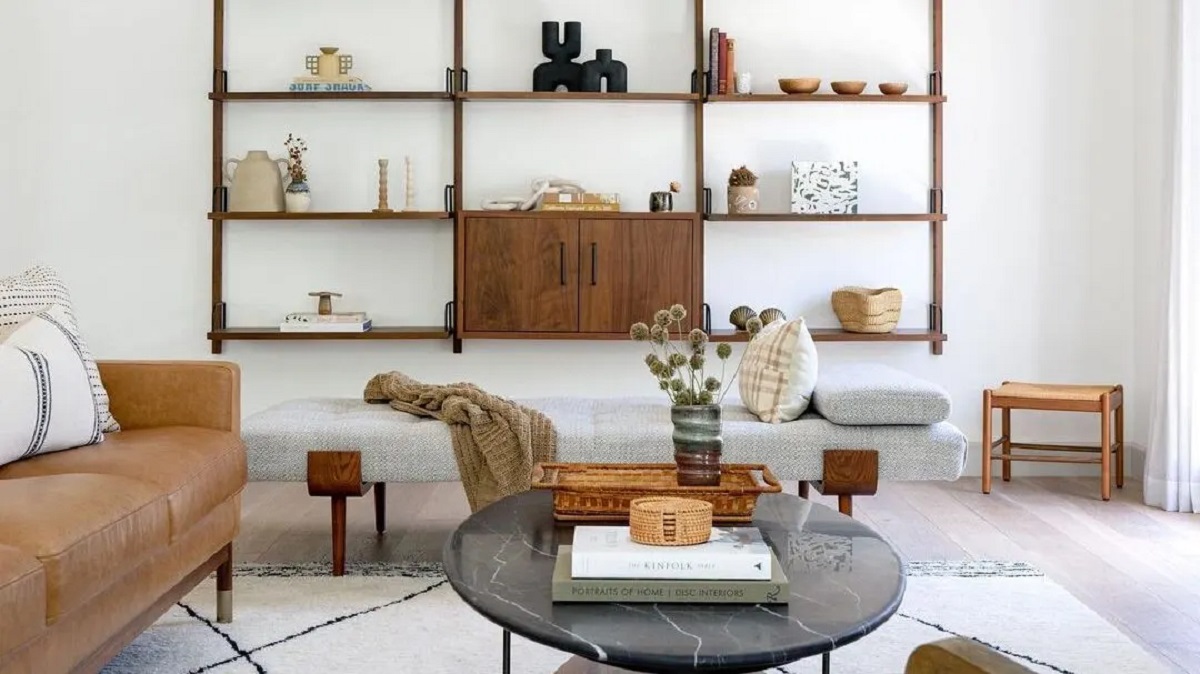
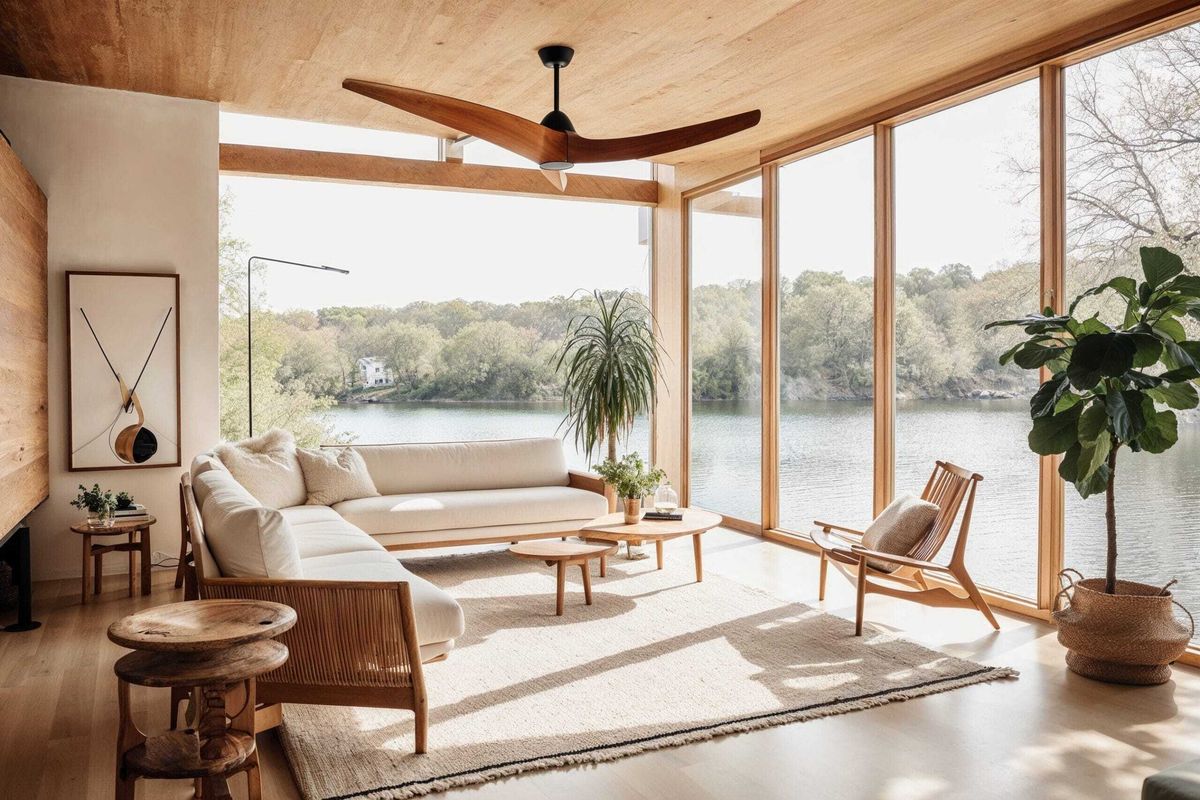
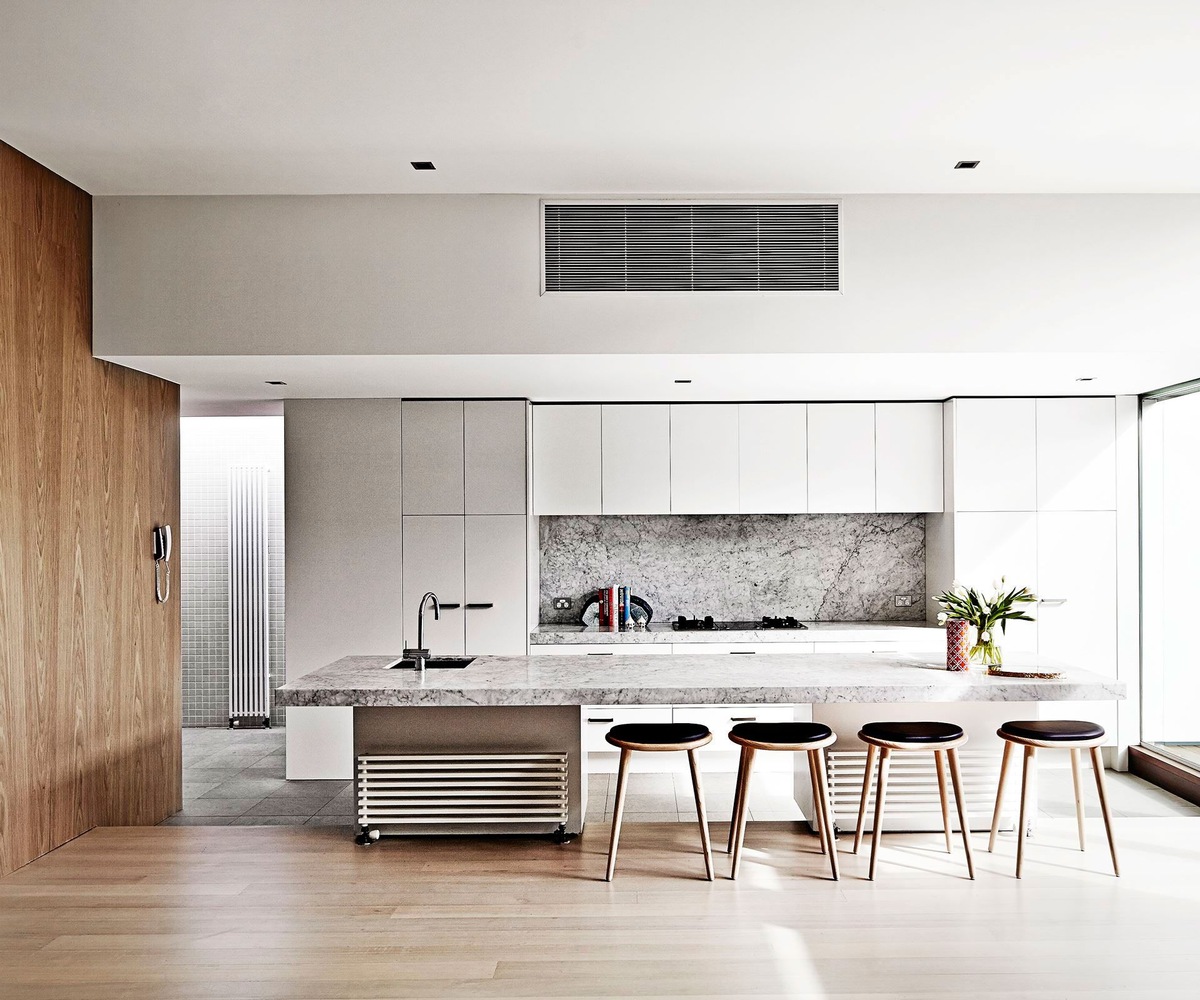
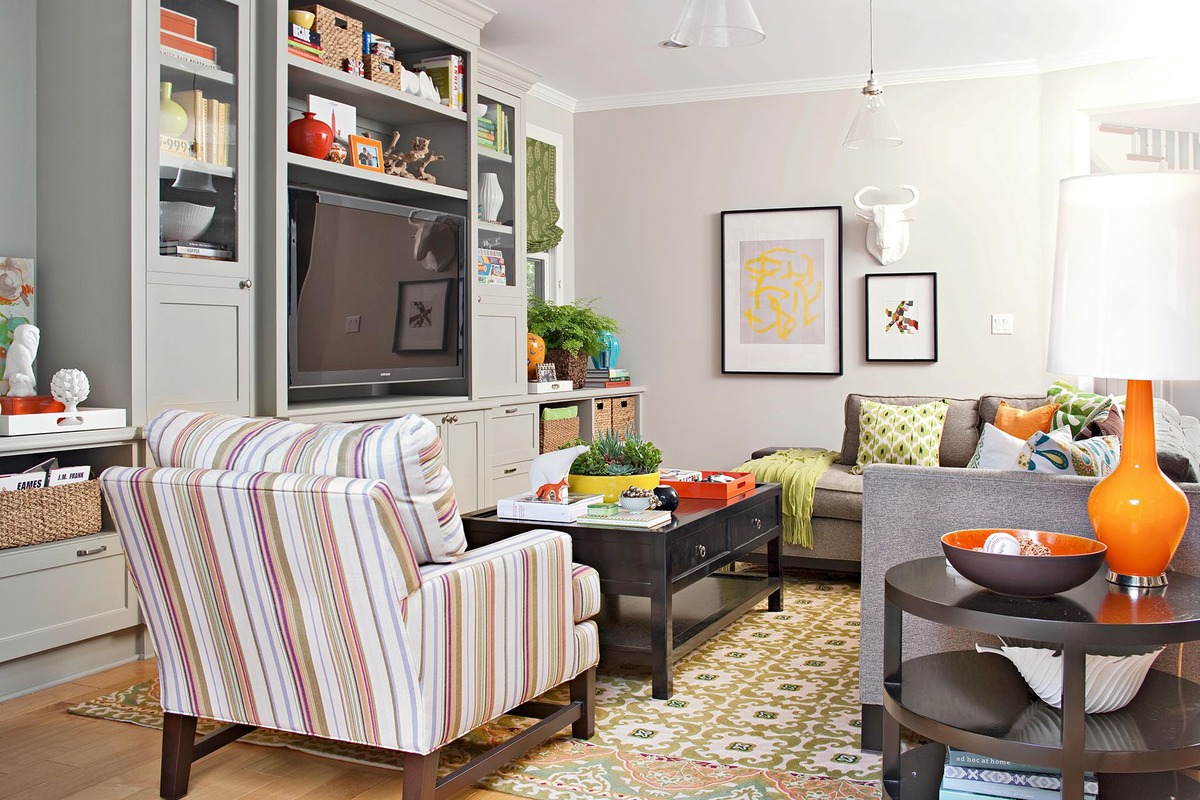
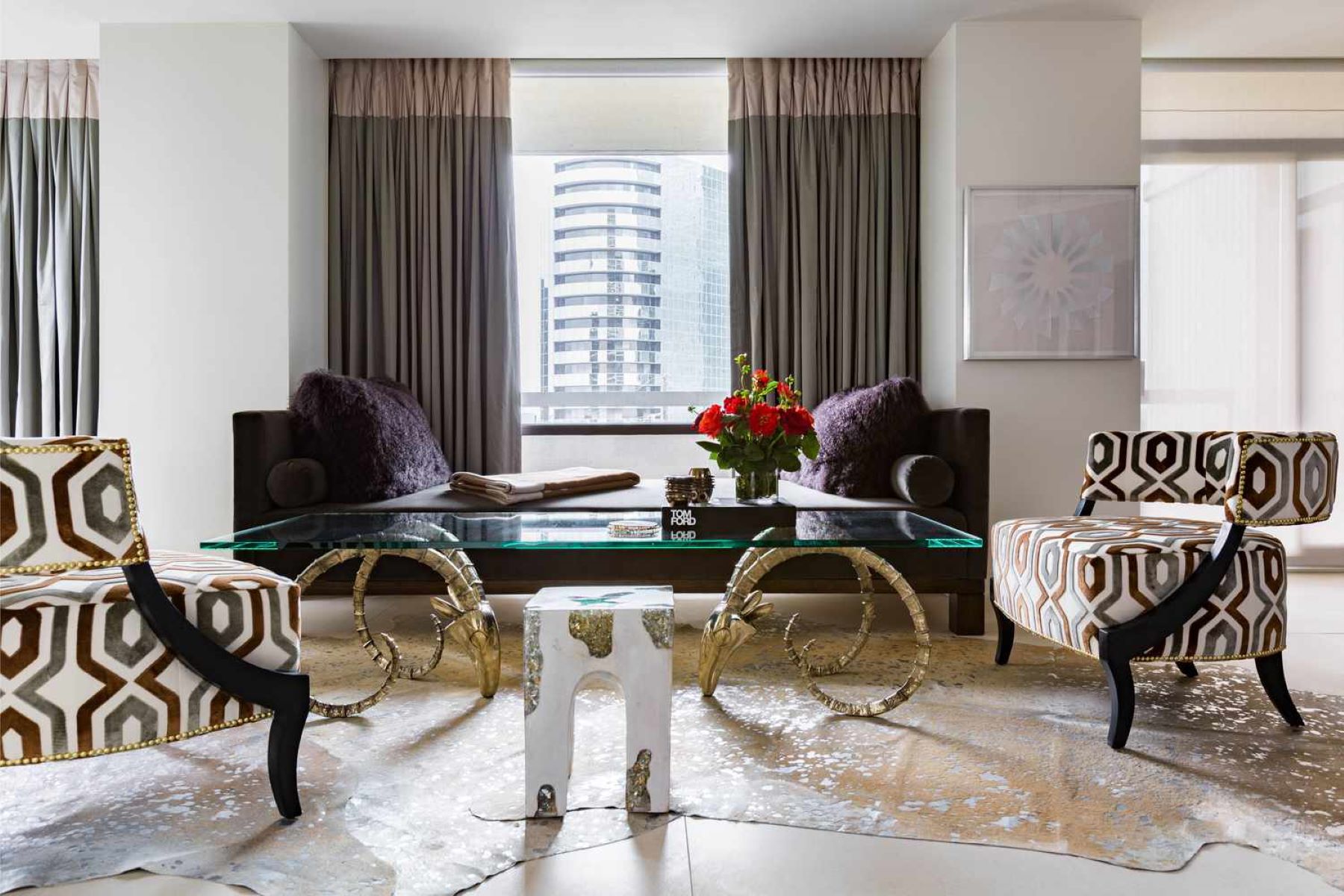
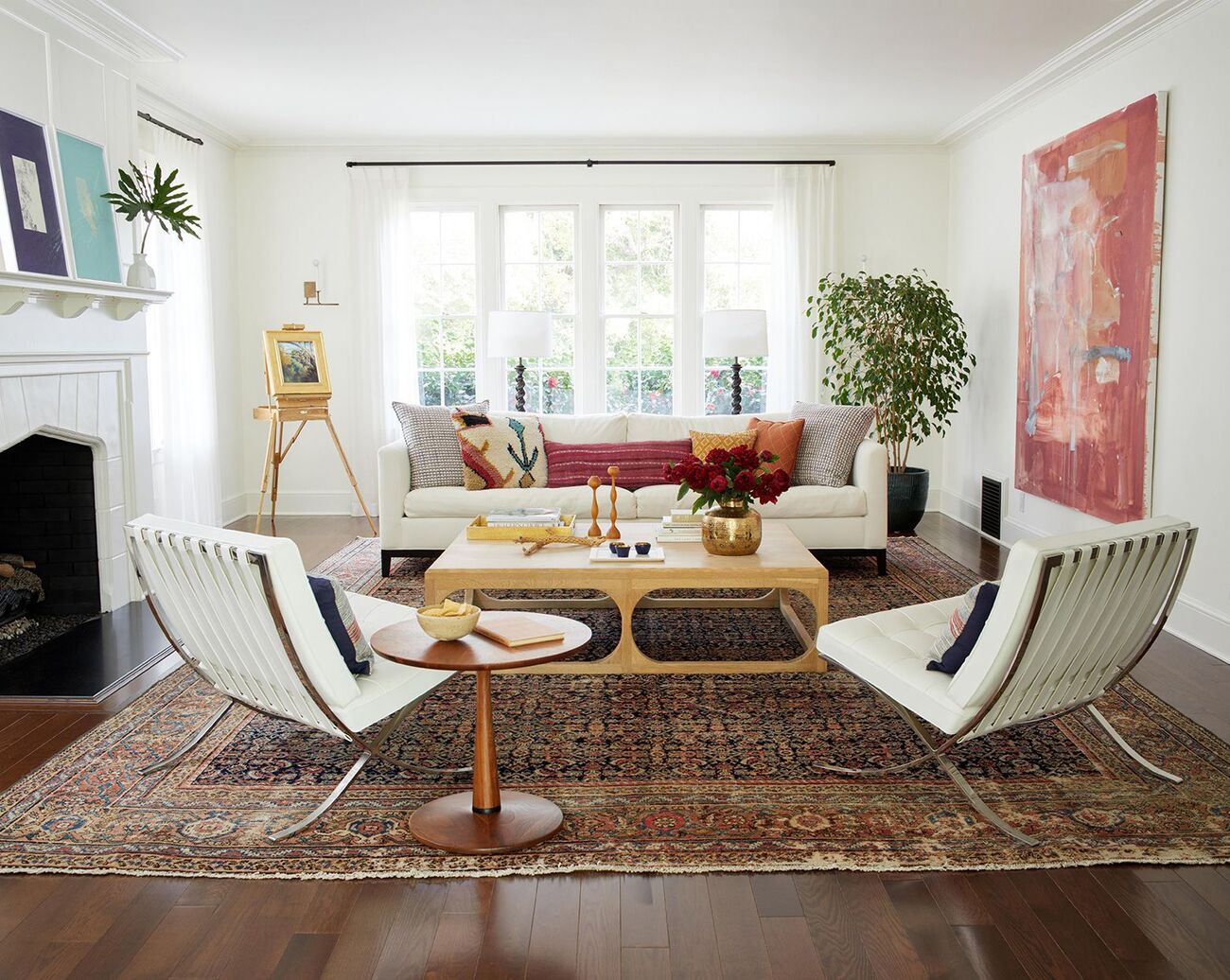
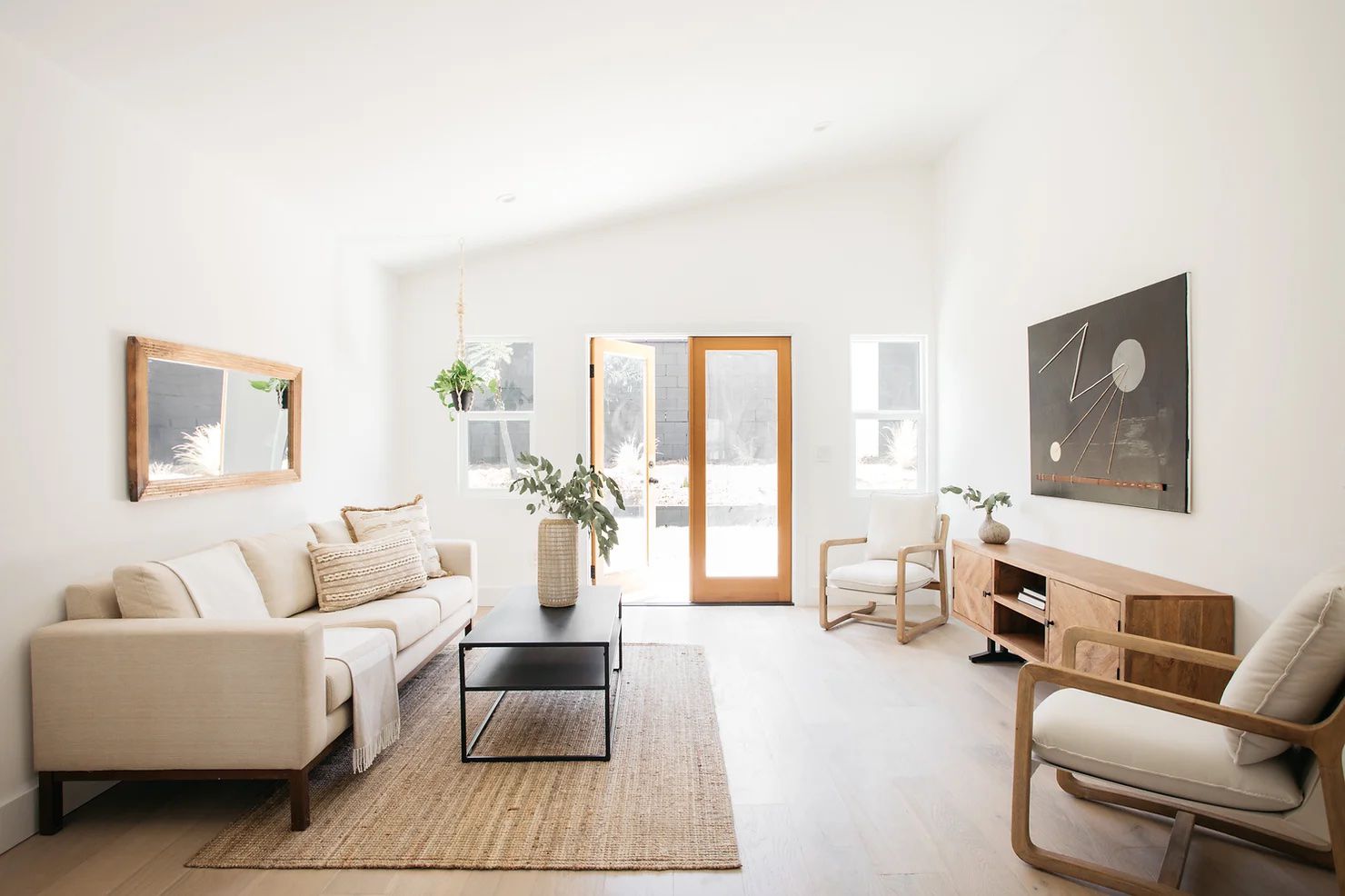
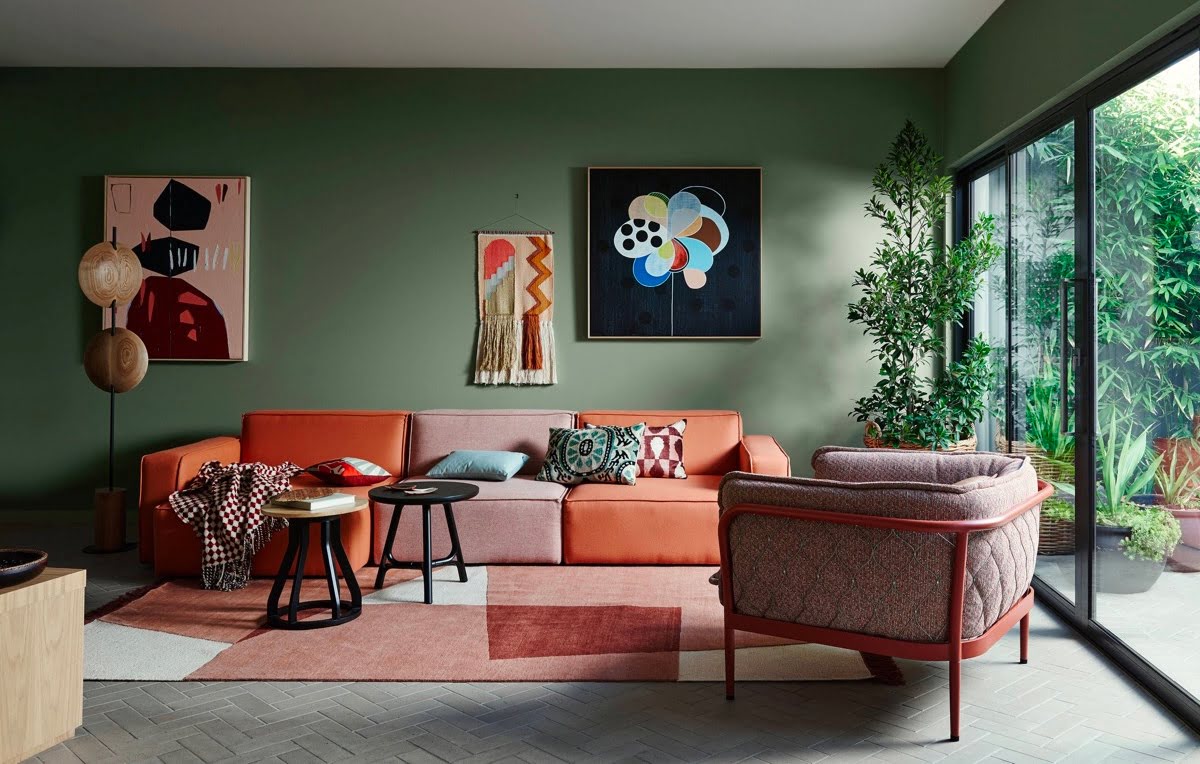

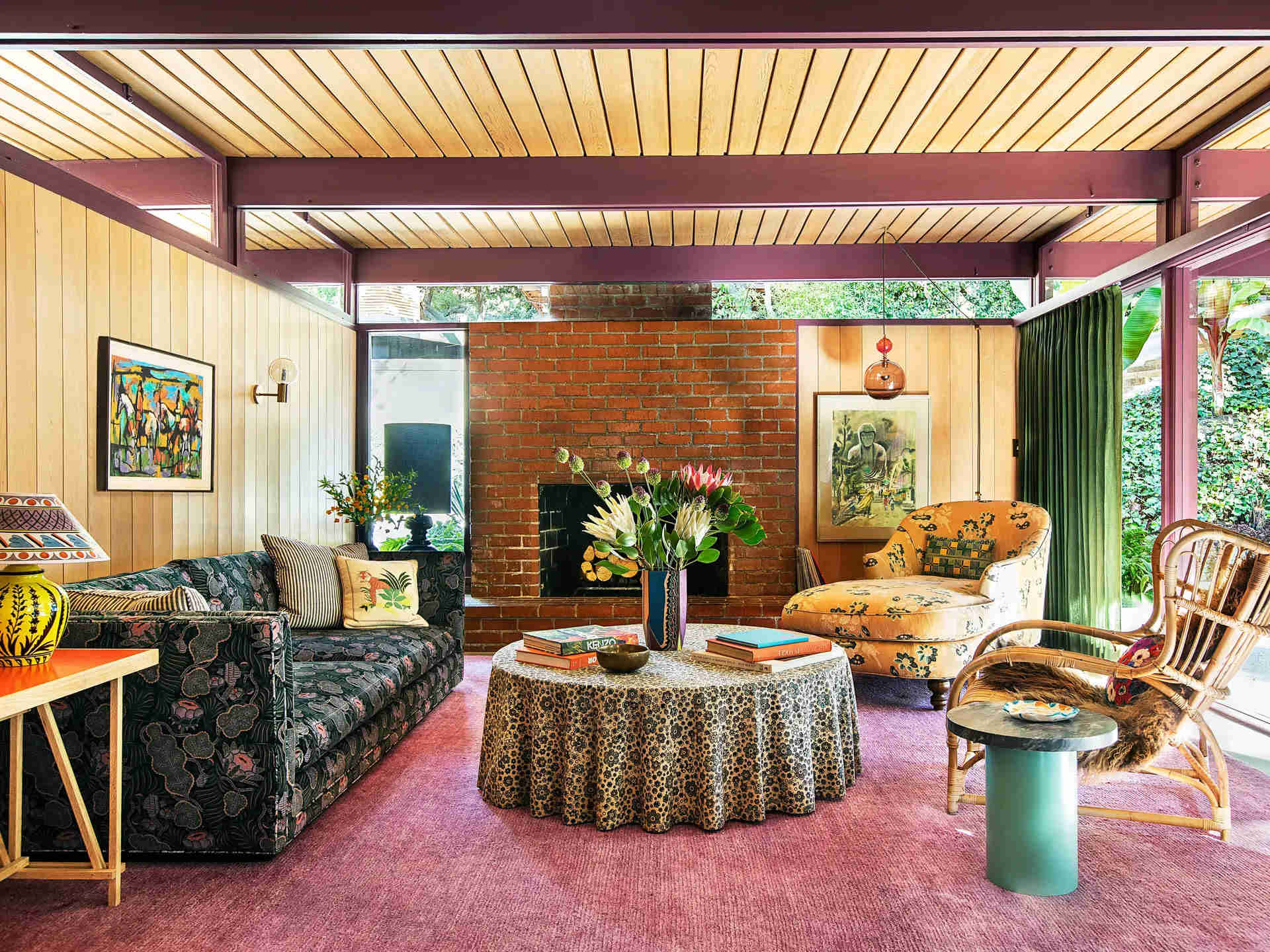
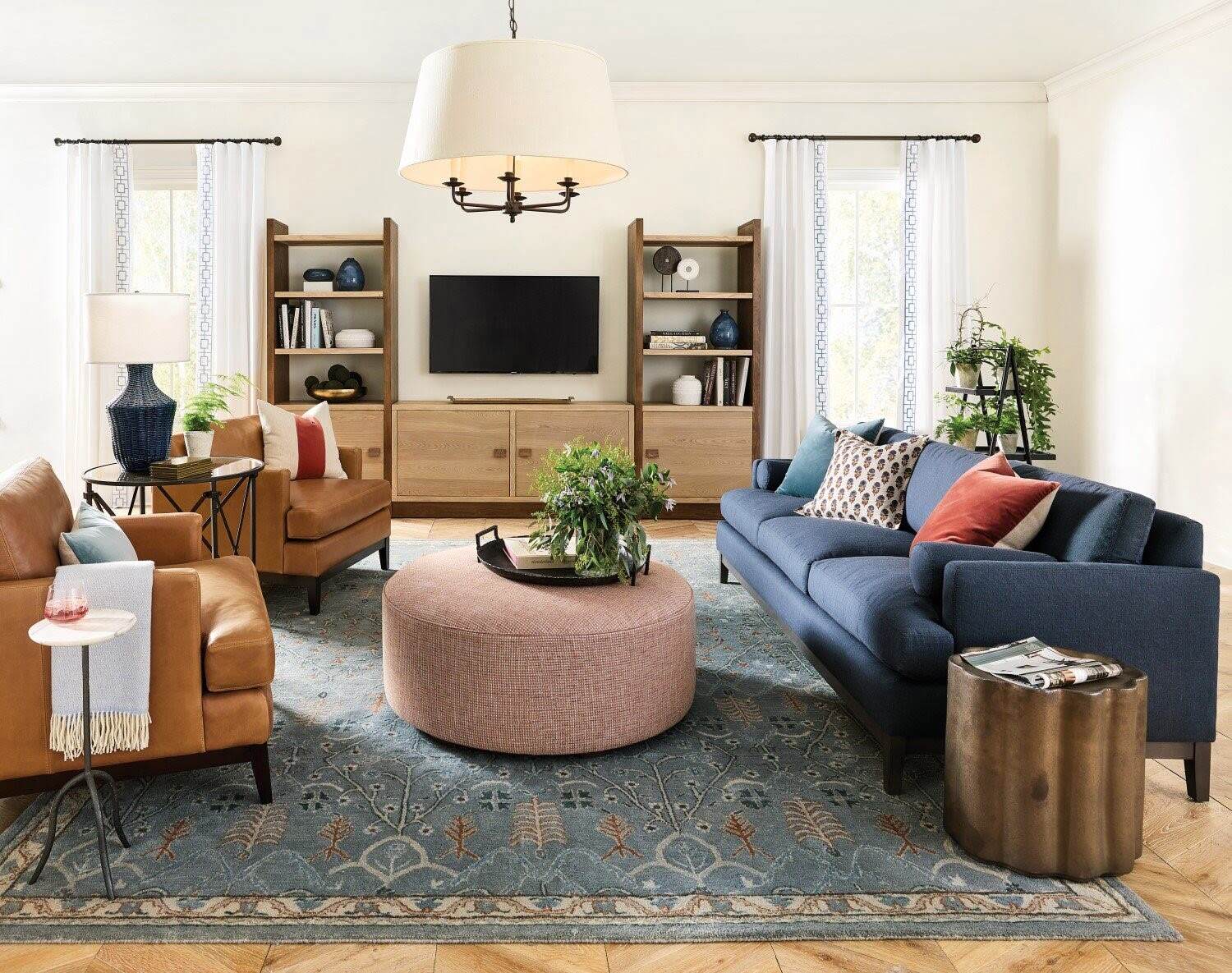
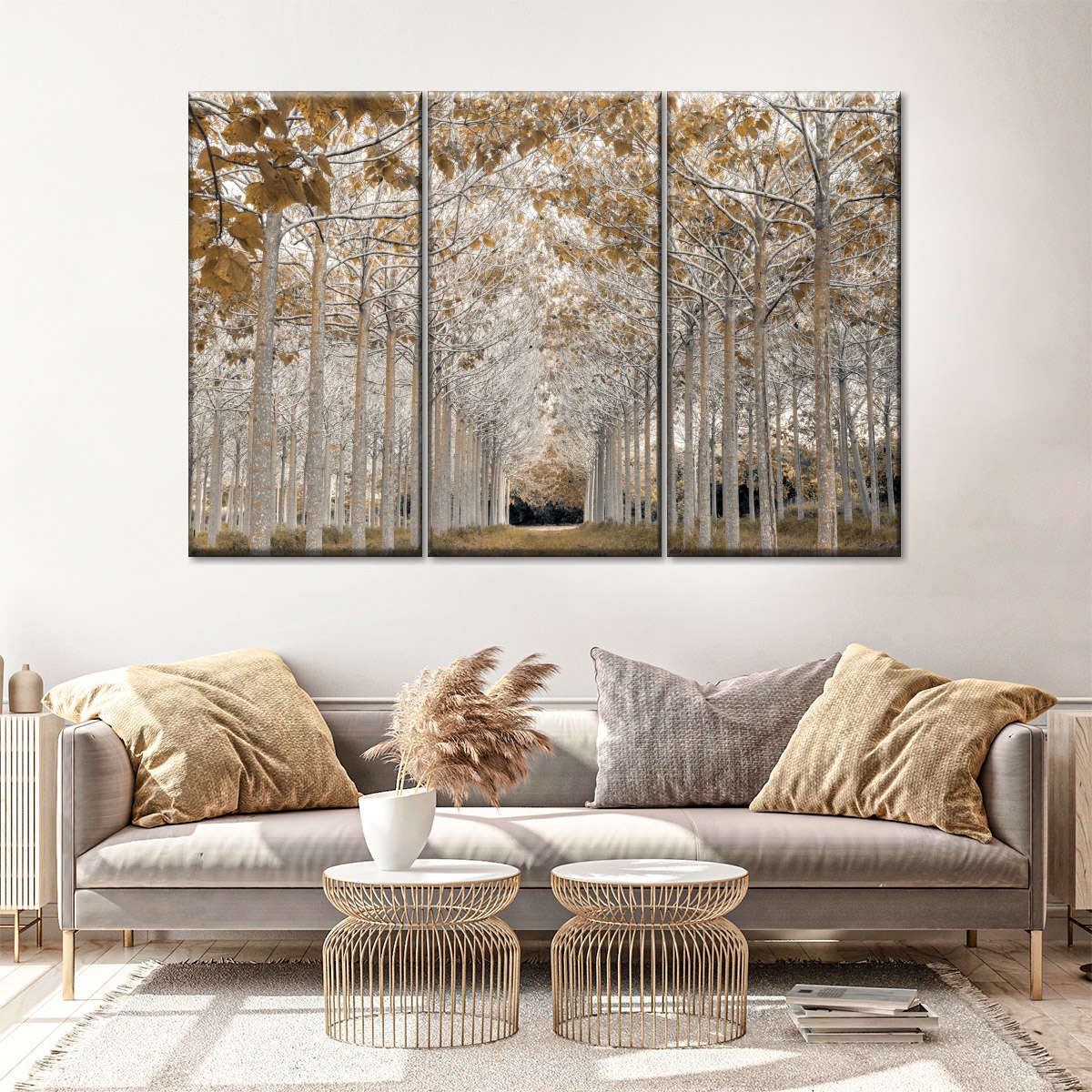
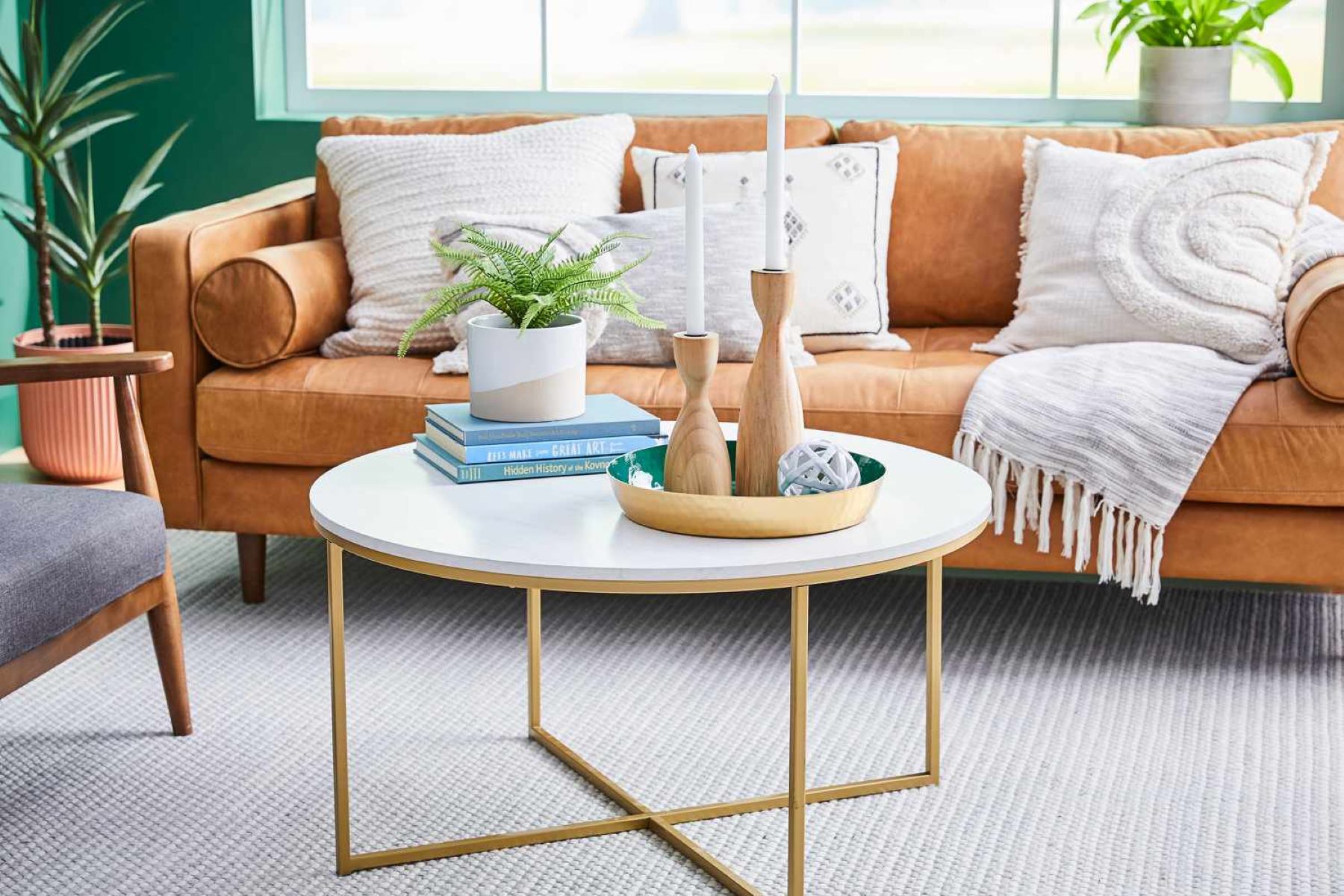

0 thoughts on “Simple Living Room Ideas: 10 Minimalist Spaces That Are Anything But Dull”